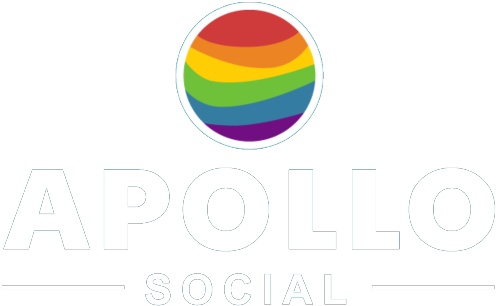Gay neighbourhoods, like The Castro in San Francisco, Greenwich Village in NYC and Boystown in Chicago, have long served as LGBT hubs and provided a safe space in a sometimes hostile world. But with acceptance into broader society, there is less and less need for these gay ghettos. Furthermore, their desirability has pushed up prices and made them unaffordable to the LGBT people who once called them home. Amin Ghaziani, a sociologist at the University of British Columbia, discusses these issues in his book "There Goes the Gayborhood?".
Gaybourhoods formed after World War II as gay men and women were discharged from the military for their homosexuality and decided to stay on in port cities or major urban centres rather than return home in disgrace to their families. These areas blossomed during the wave of cultural change sparked by Stonewall and continued through the 1970s and 1980s. This era is known as "the great gay migration".
Again, the winds of cultural change are influencing the direction of these urban areas. Acceptance of homosexuality into broader society has reduced the need for concentrated gay neighbourhoods. Between 2000 and 2010, the number of same-sex couples living in traditional gaybourhoods declined, at the same time, same-sex couples now live in 93% of America's counties.
The other key factor is economics. Gay neighbourhoods are no longer ghettos in undesirable parts of town. They are gentrified, urban areas very much in demand. As prices rise, it is increasingly difficult for the gay people who made these neighbourhoods to afford to live there. Neighbourhoods adjacent to traditional gaybourhoods have increased as young gay and lesbians can't afford the old hubs.
The impact on culture of areas of high concentrations of minority groups cannot be understated (think Harlem ballroom culture and voguing). Therefore it is easy to lament dilluting of these neighbourhoods.
 Gay bars like the Stonewall Inn in Greenwich Village, New York hold cultural significance to the LGBT community and should be protected. Image: iStock
Gay bars like the Stonewall Inn in Greenwich Village, New York hold cultural significance to the LGBT community and should be protected. Image: iStock
Ghaziani accepts that, ultimately, all neighbourhoods change and gaybourhoods are no exception. He suggests two ways we can honour the heritage and history of these neighborhoods, even if they are no longer the concentration of LGBT people they once were. The first is civic commemorations to demarcate the gay neighbourhood. Many gay villages include rainbow flags or some other indicator on the street signs to clearly signify the gay village and give it a unique look and feel.
The second way to keep the spirit of the gay village alive is to protect anchor institutions - community centres or businesses that have particular significance to the LGBT community. Pubs and community centres are often the holders of gay community so losing them can mean a much broader societal loss.

The Castro in San Francisco formed as gay servicemen and women stayed on after they were discharged from the milatary because of their sexuality. Image: iStock
Related Articles
-
ArticlesGay VillagesGay Village Life CycleGay Village Life CycleArticlesThe Lifecycle of the Gay VillageThe Guardian discusses whether there is a natural lifecycle of a gay village and asks whether the very concept is destined to become a thing of the past.Global0 0
-
ArticlesGay VillagesSaving Our Gay BarsSaving Our Gay BarsArticlesWhy Our Gay Bars Are Worth SavingCNN Business explores the significance of gay bars to the LGBT community and why they are worth protecting, especially through the pandemic.Global0 0
-
ArticlesGay VillagesSaving Queer SpacesSaving Queer SpacesArticlesSaving London's Queer SpacesLondonners are saving queer spaces by raising awareness of their value and lobbying government to protect them from developersLondon0 0
-
ArticlesGay VillagesShrinking Gay VillagesShrinking Gay VillagesArticlesGay Venues Closing Across AustraliaHigh rents and falling patronage force many gay bars to closeAustralia0 0

